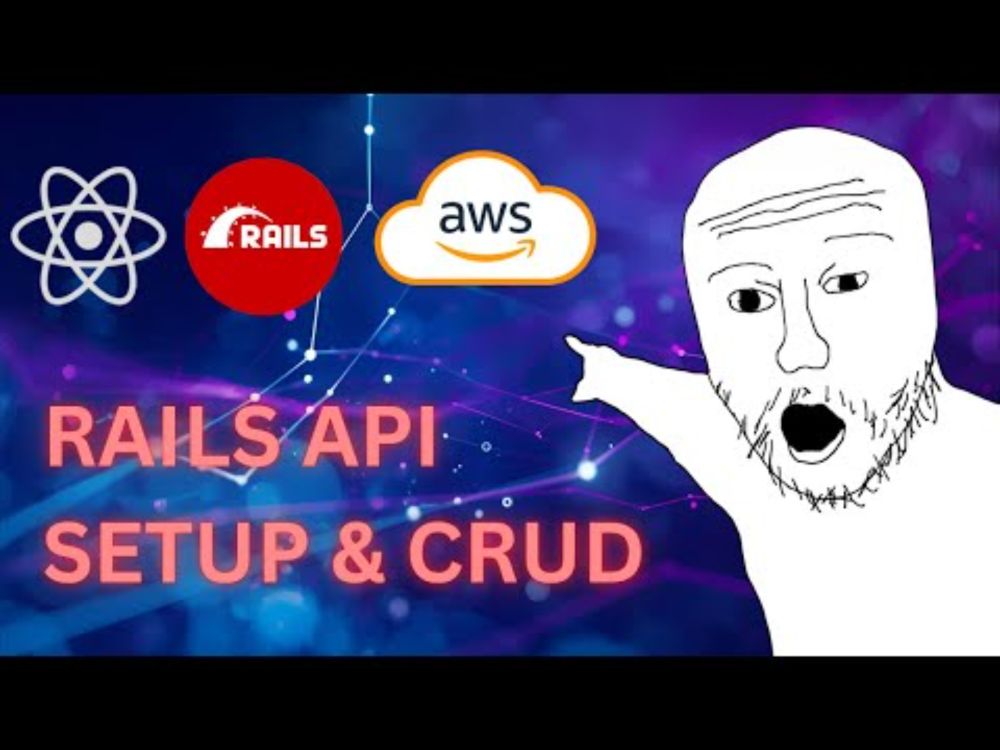
Josh Lee
@itsjoshlee.bsky.social
13 followers
12 following
160 posts
Fullstack Software|AI|Cloud|Cybersecurity|Tacos
Ruby, React, & AWS + Tools like LangChain, Ollama, PyTorch to Build Secure, Compliant & Cost-Effective Software
Posts
Media
Videos
Starter Packs














